Are you an Aboriginal? You must be because you look so dark-dela!
The 1960s and 1970s saw the rising trend of migration of indigenous people from home villages to urban areas because of social change and economic development. Since then, it has been not uncommon for us to come into touch with indigenous people in our daily lives. But at present, after 60 years since then, is our society prepared and ready to show more respect for diverse ethnic groups in Taiwan?
The term “Microaggression” is the concept coined by American psychiatrist Carl Word and his research team. It is used to describe an attitude, held by socially mainstream communities toward members of a marginalized group, that subtly or unconsciously expresses indignities based on explicit and implicit prejudices. Although after years of education and change in social attitude, the discrimination of the general public against various ethnic groups might have gradually diminished, inadvertent prejudice may still be revealed through people’s behavior or everyday interactions due to sharp differences between both sides in life experiences and historical memories.
Over these years, thanks to the government’s promotion of transitional justice and indigenous people’s outstanding achievements in various fields, the way the mainstream society looks at them has greatly changed, with more positive impressions and expectations being held. In the minds of most people, however, indigenous people are invariably stereotyped as natural-born athletes, singers, and optimists. Such positive images or compliments of all sorts, though well-intentioned, can be contradictory to what they really are and therefore cause offense instead.
We must realize that indigenous peoples do not always look like the way we perceive them to be; nor will they lose their indigeneity if they fail to meet our expectations. Just like everyone in the world, indigenous people are born as individuals with varying personalities and life experiences. It is far from enough to show our friendliness and respect for them simply by appreciating their culture and history and in turn developing a sense of identification. We must also further shatter our stereotypes, avoiding imposing a frame that defines what they should look like or how they should act. Only by doing so can the public get to discover the unlimited possibilities and potentials of indigenous peoples. Following are some of the common misconceptions about indigenous peoples one can encounter on various issues.
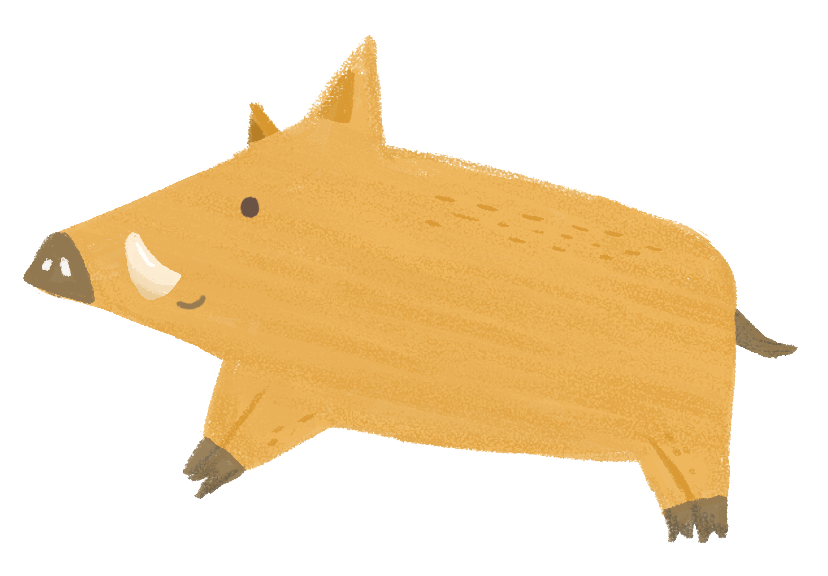
“Indigenous people are uncivilized because they kill animals.”
“When will the ban on hunting be lifted?” “How is the prey killed?” In indigenous society, people must follow the instructions and teachings from their elders for traditional hunting practices. They only hunt for as much prey as needed, and for most indigenous peoples it is customary to consume meat only on big holidays or festivals. Whenever a major event is held in the community, the number of pigs served on site implies the strength of a clan. The more the pigs, the stronger it is. In the end, all the pork will be distributed to friends and relatives as gifts.
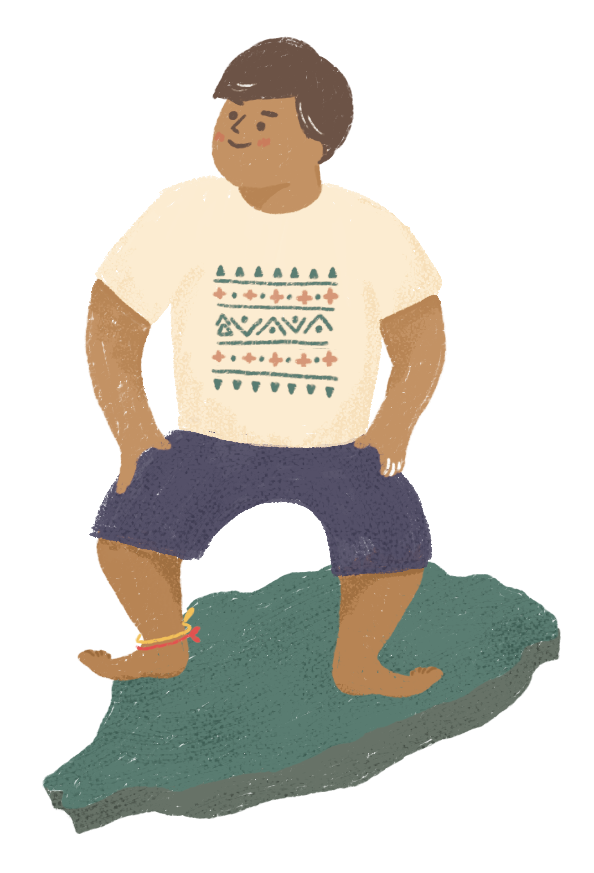
“You must be from Eastern Taiwan, like Taitung or Hualien, aren’t you?”
So far there are 16 officially recognized indigenous peoples in Taiwan. They live in different places all over the island, whether on Taiwan proper or on offshore islands, including Ponso no Tao (aka Orchid Island) and the Penghu Islands. The former is home to the Tao people, while on the latter you can even find the Pangcah people living there!
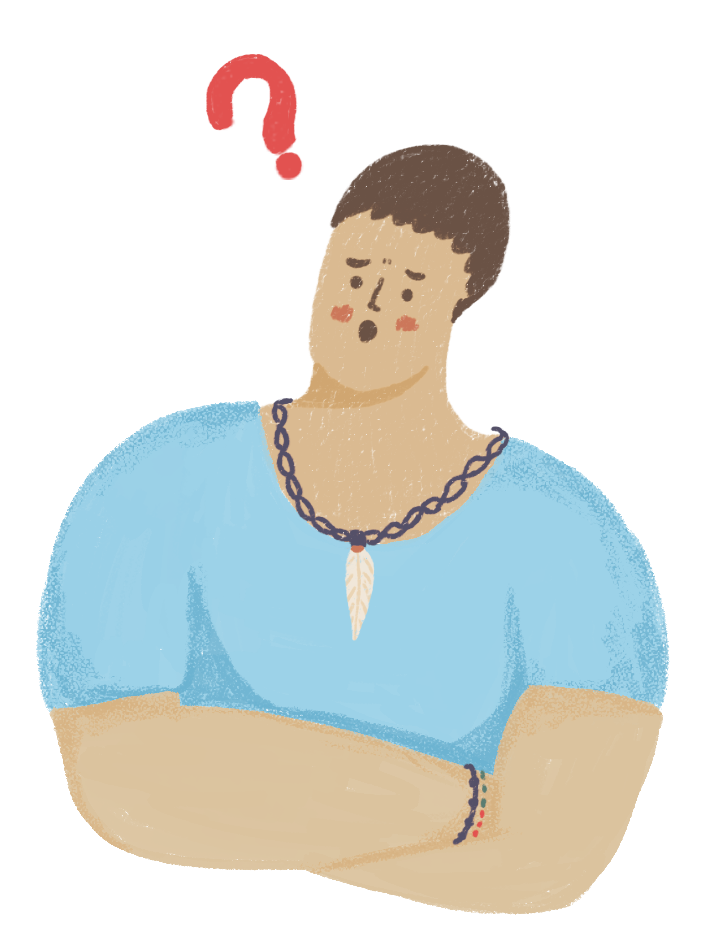
“You look so dark! Are you Aboriginal?”
Most indigenous peoples are dark-skinned. This is not only due to their genes, but also to the fact that they live in a natural environment where they have more exposure to the sun. Yet not all indigenous peoples are born with dark skin. The Pangcah people, for example, are famous for their naturally fair complexion.
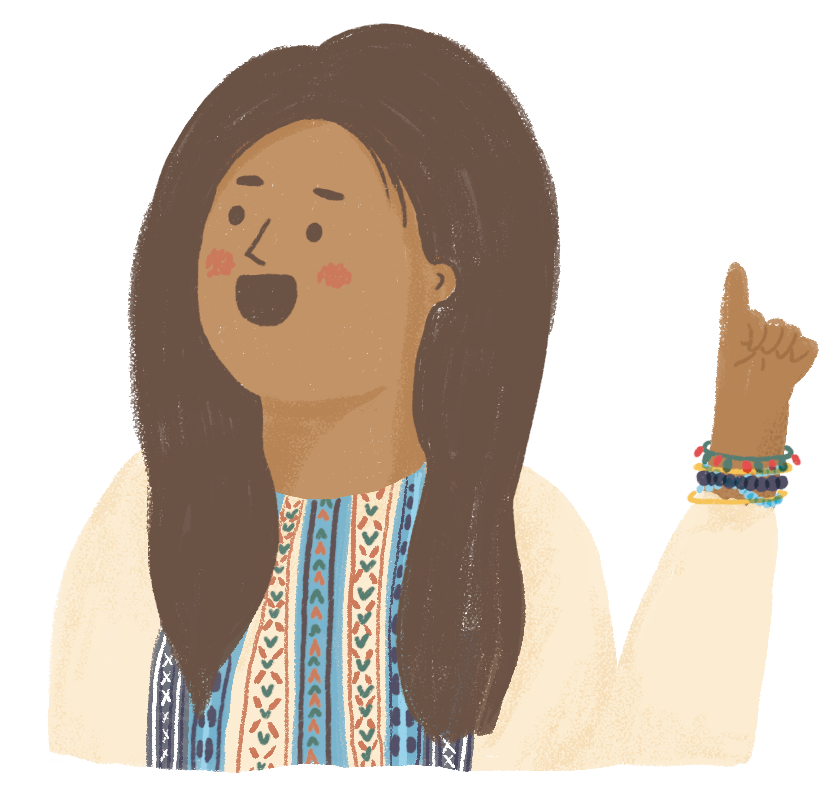
“Hey, we are good buddies-dela!”
The practice of mimicking indigenous people’s Mandarin by adding the sentence-ending suffix “-dela” can be traced back to the military comedy movie Yes, Sir in 1987. The device was originally designed to highlight the character’s ingenuity by coining such a way of expression that implied the influence of his native language, which suggests a hint of mockery. In the early days when indigenous people were learning to speak Mandarin, they tended to mix it with characteristics of their mother tongues, and thus created a hybrid form of speech featuring “-dela” at the end of a sentence.
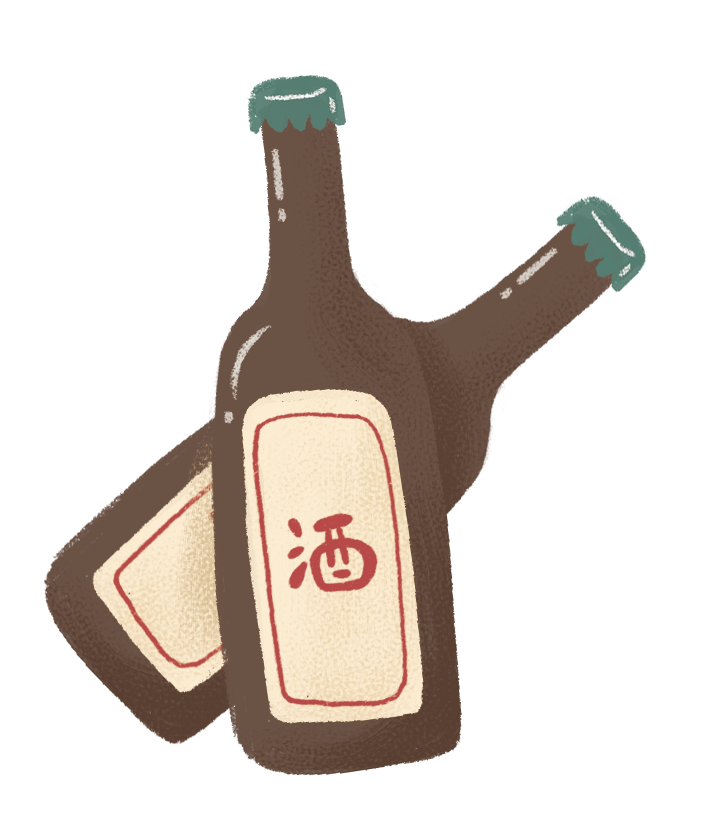
“Indigenous peoples are naturally fond of drinking.”
Don’t non-indigenous peoples love to drink? In fact, indigenous peoples have their own drinking cultures. On important occasions, drinking as appropriate is viewed as a means of showing respect for community members and elders, while alcoholism is strictly prohibited. Generally, indigenous do not get drunk easily. This is because they are genetically born with more effective acetaldehyde dehydrogenase enzymes, which can better catalyze the conversion of acetaldehyde into acetic acid and reduce discomfort from drinking. So, we indigenous people are not natural drinkers at all.

“Indigenous peoples are strong in singing and dancing.”
The indigenous people’s culture is inextricably intertwined with music and dancing. Music serves as an indispensable part in all aspects of their lives, ranging from daily activities to important rituals. The indigenous people’s performing prowess is not a gift, though. It is the accumulation of life experiences that contributes to their outstanding achievements in singing and dancing.
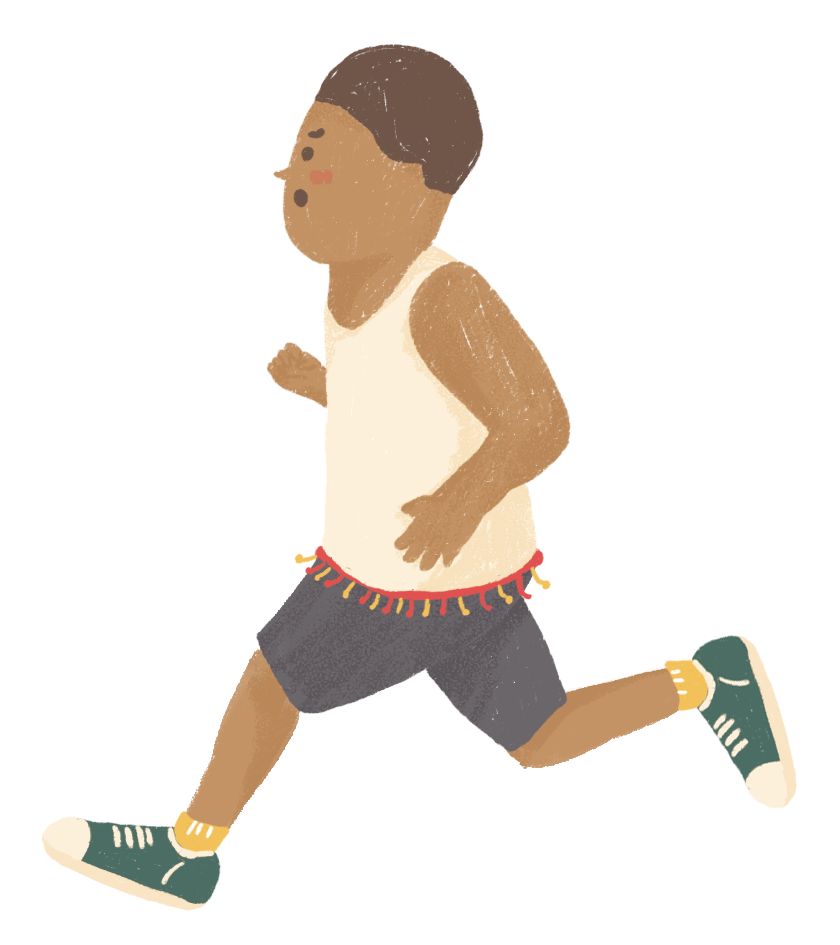
“Indigenous people are natural-born athletes.”
As the population of urban indigenous people grows, many indigenous youngsters are born and raised in cities. Yet most of their families still have their hometowns in the mountains or coastal areas. When they return to the villages, the easy access to nature becomes a blessing that is not to be enjoyed by non-indigenous people. The living environment of indigenous people, which is natural and less populated, enables them to engage in physical activities of all sorts. Apart from this, indigenous peoples are endowed with a genetic advantage that makes them good athletes. Take the Pangcah, Tao, and Pinuyumayan peoples for example. These peoples are of the blood type of “Miltenberger antigen subtype III,” which contributes to better respiratory metabolism and therefore an advantage in sports. But please be reminded that not all indigenous people are naturally enthusiastic about outdoor activities. There are also quite a few who are genteel and scholarly by nature.
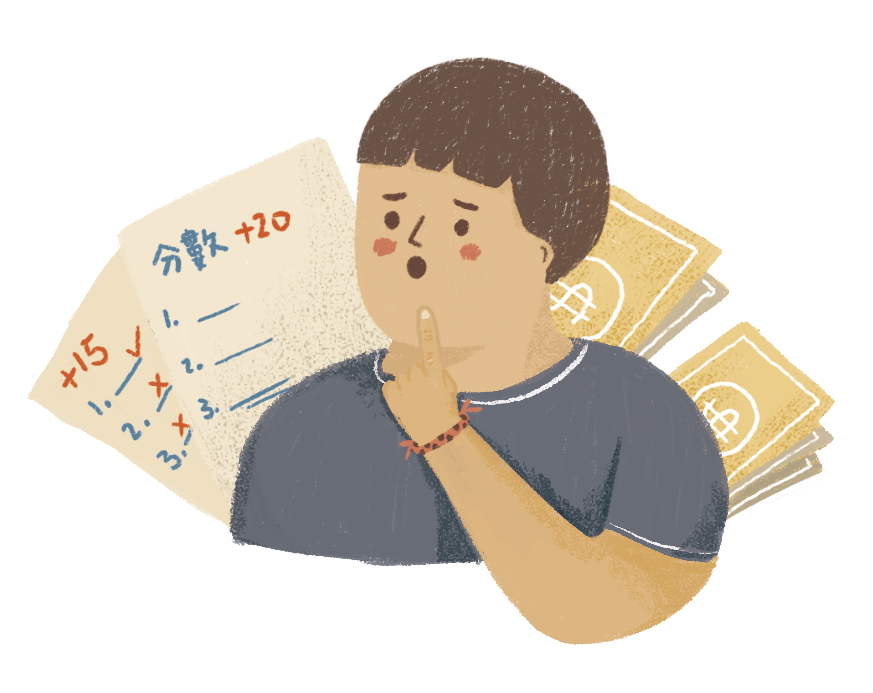
“The indigenous students receive financial subsidies and get extra points on the university entrance exam.”
In the past, with an attempt to facilitate the Sinicization of indigenous people, preferential treatment policies were implemented in terms of national examinations. Nowadays, as attention is being paid to the preservation of indigenous cultures, students are encouraged to learn their mother tongues to earn extra credit when applying for universities. This has undoubtedly burdened them with two-fold pressure, in which they must not only struggle to integrate into mainstream society, but also work to preserve their native culture. The imbalanced distribution of educational resources is another factor that contributes to the disadvantage of students in indigenous communities when competing with those in cities. Currently, various policies have been launched to level disparities between the indigenous and non-indigenous groups. But when it comes to conserving indigenous culture and values as well as helping students to advance their education, what is truly needed is not extra point bonus and financial subsidies, but an even friendlier environment where they can be treated fairly.
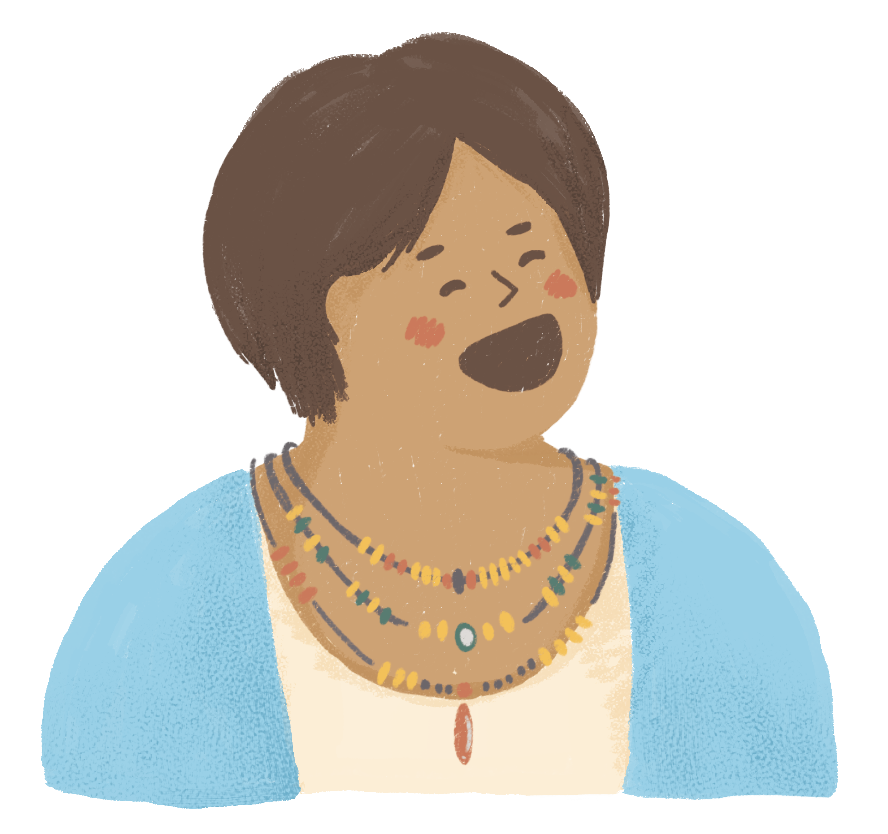
“Indigenous people are optimistic by nature.”
A seemingly well-intentioned compliment like this reflects an oversimplified, monotonous impression of indigenous people in the minds of the public. Since every one of us, be it indigenous or non-indigenous, has varying personal traits, we should try to discover and appreciate the diverse qualities that make each indigenous individual unique instead of defining what they are based on the stereotype. In today’s social environment, quite a few people are not happy with their lives. So next time when you let slip the sentence again, perhaps you’ll hear an indigenous person say,“ No, I’ve got tired of living.”




